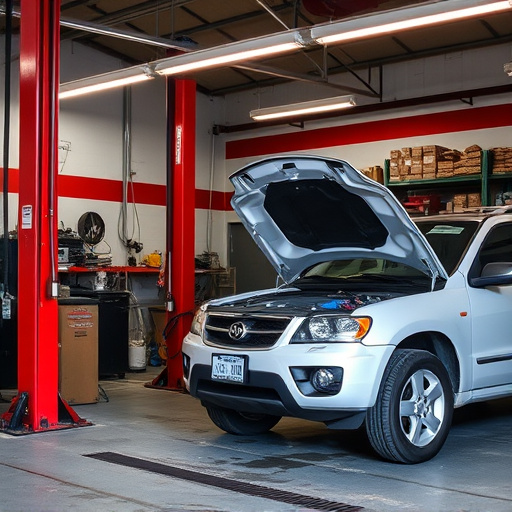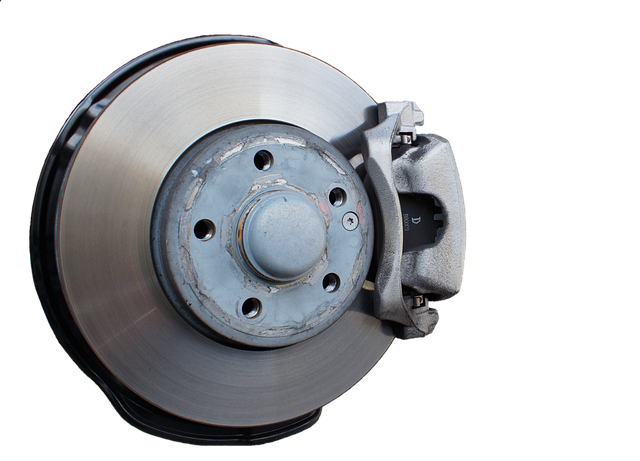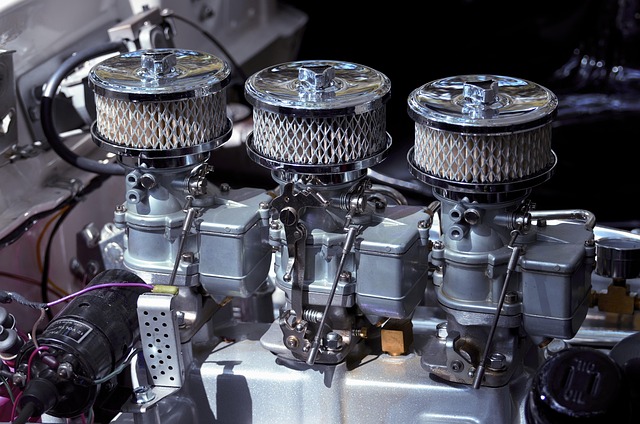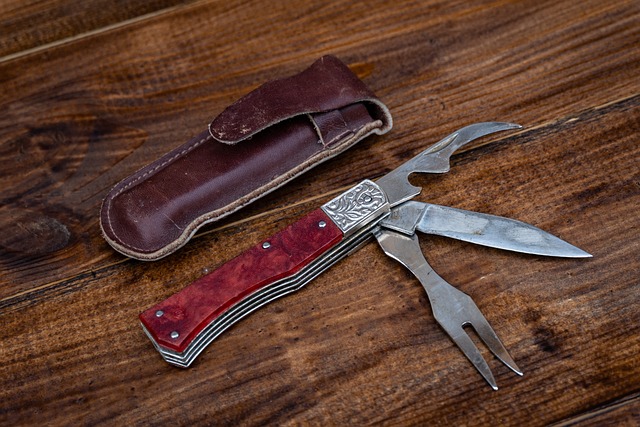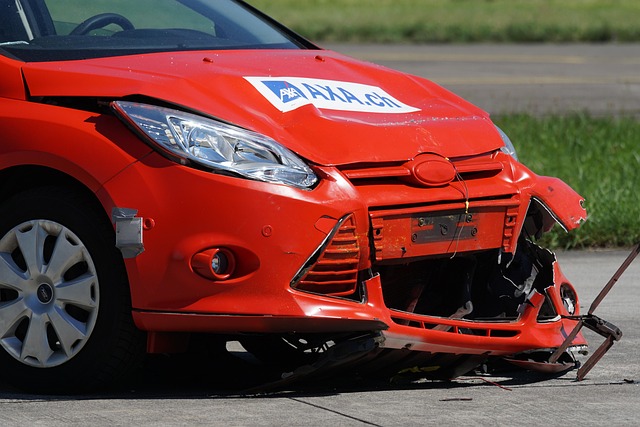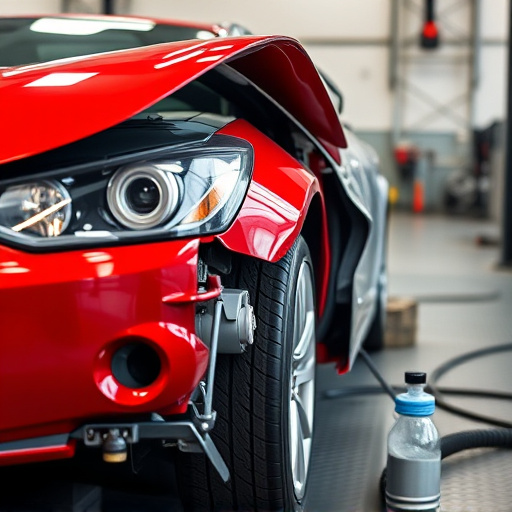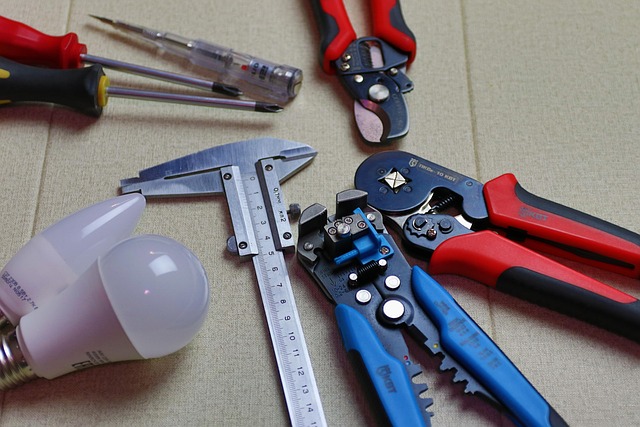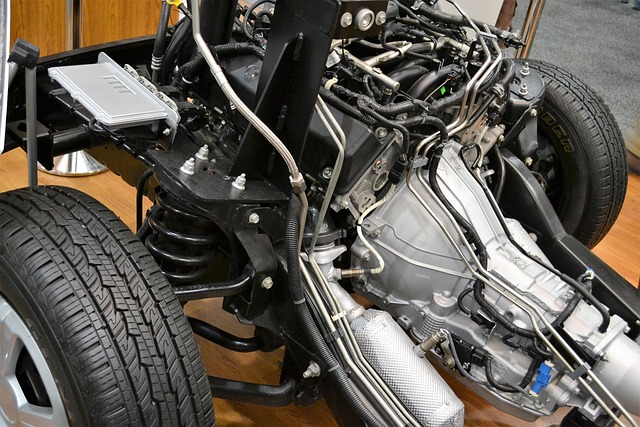Mastering dent repair techniques is vital for vehicle restoration, avoiding common pitfalls like inadequate damage assessment, improper tools or methods, and poor preparation. Surface preparation, often overlooked, is critical for strong bonds and aesthetically pleasing repairs. Using incompatible materials, a DIY mistake, can lead to poor results and further damage. Instead, match right tools and products to dent types, follow manufacturer guidelines, and use precision detailing supplies to achieve professional-grade, valuable car restoration.
“Uncovering the art of dent repair, we expose common pitfalls that can undermine your efforts. From initial preparation to final touch-ups, mistakes in dent repair are easily avoided with the right knowledge. In this guide, we delve into three critical areas: surface readiness, material compatibility, and drying times. By mastering these fundamental techniques—including proper cleaning, choosing the correct fillers and paints, and ensuring adequate curing—you’ll achieve long-lasting repairs that stand the test of time. Discover best practices inspired by industry standards to elevate your dent repair game.”
- Understanding Common Dent Repair Mistakes
- – Lack of Proper Surface Preparation
- – Using Incompatible Materials
Understanding Common Dent Repair Mistakes
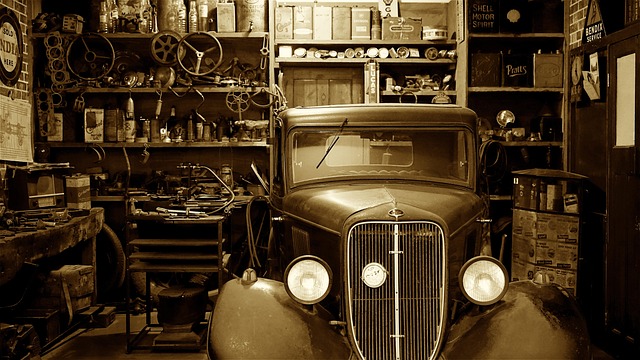
In the realm of vehicle restoration, mastering dent repair techniques is paramount for achieving flawless results. However, even experienced professionals can fall victim to common pitfalls that compromise the quality of their work. By understanding these mistakes, auto repair shop owners and technicians can enhance their skills and provide superior vehicle repair services.
One prevalent error is failing to properly assess the extent of the damage before initiating repairs. Surface-level examinations might mask deeper issues, leading to structural weaknesses or unsightly remnants once the dent is removed. Another frequent mistake involves using inappropriate tools or methods, which can result in adverse effects such as paint chipping, uneven surfaces, or even permanent deformations. Additionally, inadequate preparation of the dented area before applying repairs can hinder adhesion and long-term durability.
– Lack of Proper Surface Preparation
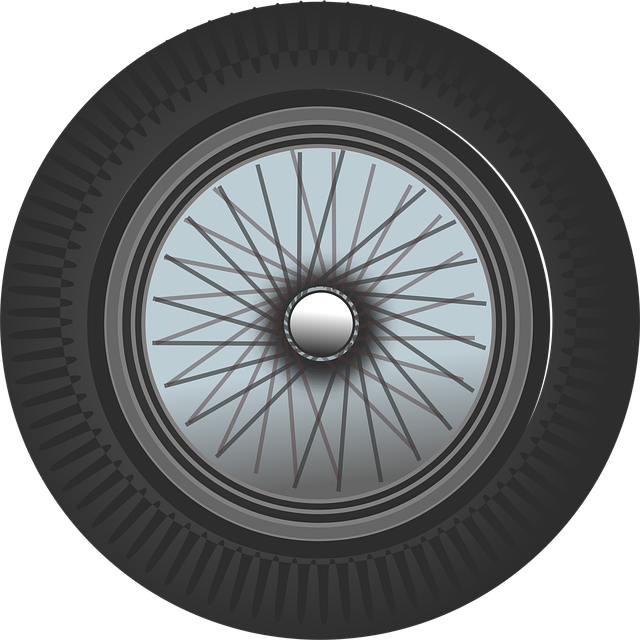
Before diving into any dent repair techniques, it’s crucial to understand that proper surface preparation is the foundation of a successful and lasting repair. Many enthusiasts and even professionals often skip this vital step, assuming it won’t significantly impact the final result. However, inadequate surface prep can lead to weak bonds, unsightly repairs, and reduced paint durability. The goal is to ensure the area is clean, dry, and free from contaminants like dust, oil, or old repair residue. This involves thoroughly washing the dented panel, using specialized cleaners if necessary, and ensuring the surface is completely dry before proceeding to the next step.
In the world of auto detailing and car collision repair, this initial stage can make or break the final outcome. Proper surface preparation not only enhances the aesthetics but also guarantees that the repair materials bond securely with the vehicle’s body panel. Skipping this crucial step might result in repairs that appear patchy, lose their luster over time, or even peel away from the surface due to environmental factors. Therefore, taking the time to prep the area correctly is an essential part of mastering dent repair techniques and ensuring long-lasting, high-quality results.
– Using Incompatible Materials

Using incompatible materials is one of the most common mistakes people make when attempting dent repair techniques at home or in a non-specialized car body shop. It’s crucial to understand that different types of dents require specific tools and materials for effective repairs. Using the wrong compound or filler can lead to poor adhesion, unsightly finishes, and even more damage to the paintwork and underlying panel. Always refer to the manufacturer’s guidelines for recommended products, especially when dealing with modern cars featuring advanced painting techniques.
Choosing the right auto body work supplies, such as those designed for precision detailing, is essential for achieving professional-grade results. This includes selecting the appropriate sandpaper grits, primers, paints, and clear coats that match your car’s original specifications. A quality car body shop will have a comprehensive understanding of these nuances, ensuring that every dent repair technique employed is suitable for the vehicle’s unique construction and paint system, ultimately preserving the overall aesthetics and value of the auto detailing process.
When it comes to dent repair techniques, avoiding common mistakes is key to achieving a seamless and durable fix. By understanding the significance of proper surface preparation and selecting compatible materials, professionals can ensure superior results. Remember, paying attention to these details will not only enhance the aesthetics but also extend the life of the repair, making it a worthwhile investment for any vehicle owner seeking to restore their vehicle’s original condition.
